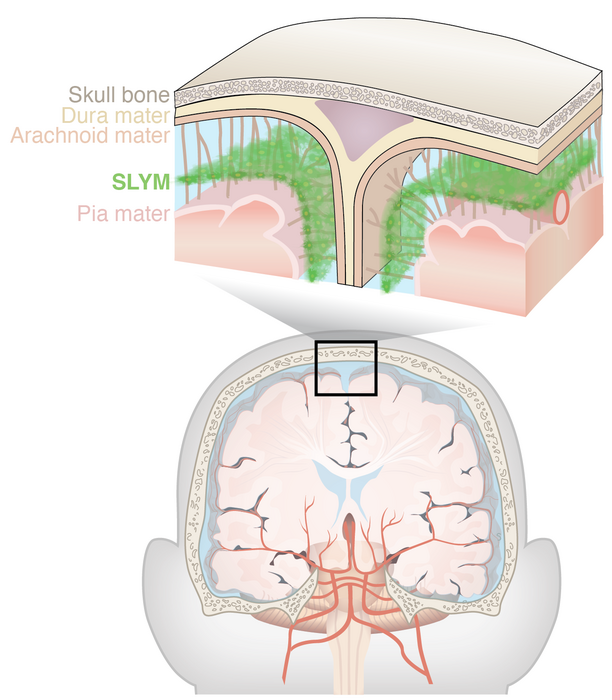Scientists discover whole new layer of brain tissue that may help ward off infections
Abnormalities in this layer may trigger or worsen multiple sclerosis, brain infections and Alzheimer’s

Scientists have discovered a while new layer of tissues in the brain that acts as a protective barrier and also as a platform from which immune cells monitor the brain for infection and inflammation.
The research, published in the journal Science on Thursday, assessed membranes that encase the brain and keep it bathed in CSF – a colourless body fluid that surrounds the brain and spinal cord, cushioning them from sudden impact or injury.
Until now, research has shown that there are three layers of membranes known as meninges that protect the brain and spinal cord – the dura, arachnoid and pia matter.
In the new study, scientists, including those from the University of Rochester Medical Center in the US, further divided the space below the arachnoid layer.
This sub-arachnoid space is further separated into two compartments by the newly described layer SLYM – Subarachnoidal Lymphatic-like Membrane.
The SLYM, researchers say, is a type of membrane called mesothelium and is known to line other organs in the body, including the lungs and heart.

It is very thin and delicate, consisting of only one or a few cells in thickness, according to the study, and this type of membrane has been shown in previous studies to typically surround and protect organs and harbour immune cells.
Researchers suspect this layer could also be important to the brain’s defenses, and may influence the delivery of drugs to the brain.
The SLYM appears to host its own population of immune cells that use membrane for surveillance at the surface of the brain, allowing them to scan passing brain fluid for signs of infection.
The findings, according to the scientists, suggest that abnormalities in SLYM function might trigger or worsen diseases such as multiple sclerosis, central nervous system infections and Alzheimer’s.
SLYM is also a host for a large population of special cells, whose number increases in response to inflammation and ageing.
“So this layer represents an innate immune niche ideally positioned to surveil the cerebrospinal fluid,” scientists wrote in the study.



Join our commenting forum
Join thought-provoking conversations, follow other Independent readers and see their replies
Comments